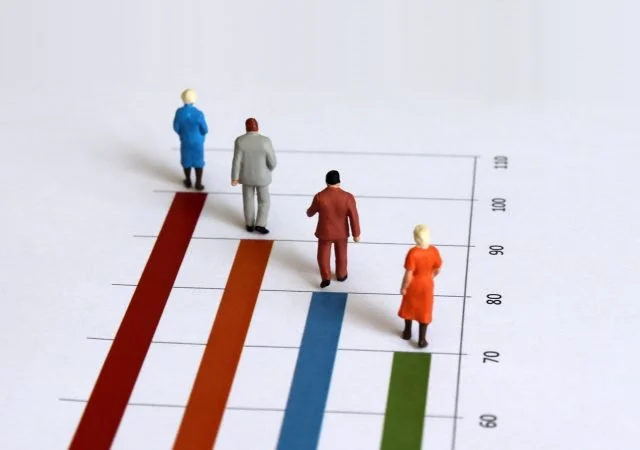
New Documentary an Intimate Portrait of Workers’ Trials
The seemingly random patterns in low-paid and middle-class workers’ struggles are assembled into a cohesive narrative supplied by people who let the camera in for an intimate look. A few top executives are thrown in to highlight the economy’s inequality, which lower-paid workers like Randi recognize as deeply unfair.
Randi, a health care aide in rural Mississippi, explains in a new documentary that her job “pays little and works you to the bone.”
Produced by Netflix, “Working: What We Do All Day,” is narrated by former President Barak Obama, who occasionally talks about his middle-class family, interviews some of the featured workers, and explains the economic shifts – globalization and the explosion in Wall Street wealth in the 1980s – that have worsened inequality.
But the inspiration for this documentary is the late Chicago journalist Studs Terkel and his 1974 book, “Working: People Talk About What They Do All Day and How They Feel About What They Do.”
“You want to find that – I suppose the word is essential truth. The essence of a truth,” Terkel says about his goal for the book.
This documentary finds it in Elba, a hotel maid in “Service,” the first of four episodes. Despite being on the bottom rung at the luxurious Pierre Hotel in Manhattan, she enjoys a middle-class life with her husband, one of the hotel’s security guards. It is no coincidence they are members of the AFL-CIO, which has secured the benefits and pensions for Pierre Hotel workers that a majority of service workers lack.
Obama explains that about half of U.S. workers are in lower-wage service jobs. The camera also follows Carmen one day as she delivers food through the rain and traffic for Uber Eats. She earned $6.73 for her first two deliveries. Or consider Randi, the Mississippi home health aide making $9 an hour. She aspires to be a nurse but she currently cooks, cleans, bathes and diapers her elderly and disabled clients, who are on Medicaid.
Despite her low pay, Randi sees the positive side of her work, which gives her “a sense of purpose.” She calls this an improvement over a “horrifying” past job that paid $15-a-hour deboning chicken thighs at a meat-packing plant.
Moving up doesn’t bring a bed of roses. In the second episode, “The Middle,” Sheila, who supervises home care aides, deals with the daily challenge of retaining the aides employed by her company who are paid so little. On this particular day, she does not have enough people to cover four of the company’s clients. She considers rearranging one employee’s hours so she can also make it to a second job at Walmart, or tries, often unsuccessfully, to improve her aides’ situations through appeals to her boss.
Life, on the other hand, is good for Beverly, who lives in a nice middle-class New York neighborhood. A unionized phone operator at the Pierre Hotel, she proudly gives the cameraman a tour of her home, stopping at the walk-in closet where her husband, a Pierre security guard, collects Air Jordan shoes. Beverly has a weakness for Louis Vuitton and a fluffy pair of Chanel slippers.
The last two episodes of “Working” are “Dream Job” and “The Boss.” The people featured here are much better off financially but have their challenges too. For example, one lobbyist in Mississippi is trying to convince state legislators to help home health aides secure better pay and working conditions.
But the focus, as it should be, is on the essential truth of the people struggling at the bottom with no clear path upward.
Squared Away writer Kim Blanton invites you to follow us on Twitter @SquaredAwayBC. To stay current on our blog, please join our free email list. You’ll receive just one email each week – with links to the two new posts for that week – when you sign up here. This blog is supported by the Center for Retirement Research at Boston College.






